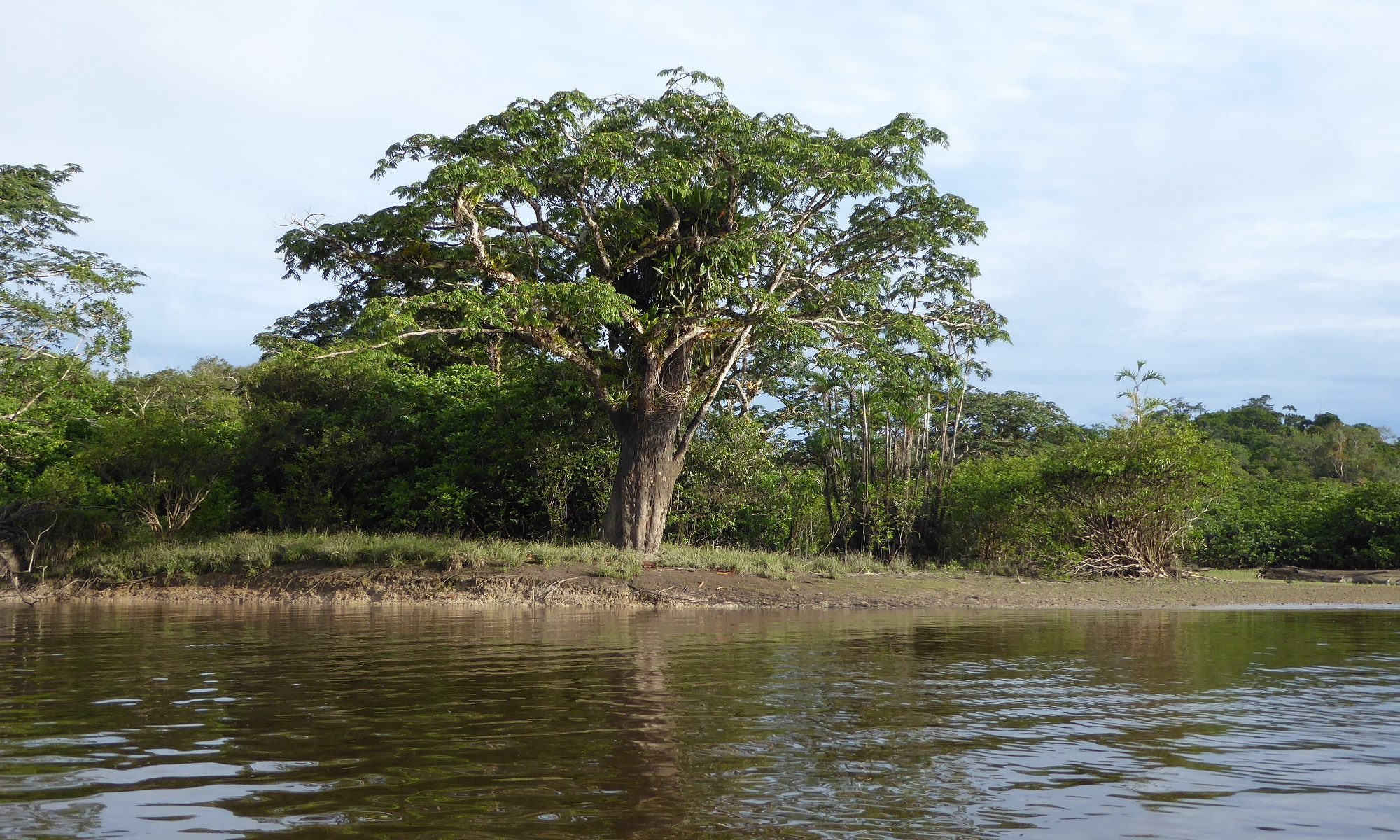Text and graphics: Nathaly Pinto
The current health emergency – Coronavirus COVID-19 – has affected particularly vulnerable populations such as the Amazonian indigenous peoples. This health emergency has deepened inequalities and adverse socioeconomic conditions, and further hindered access to higher education for Amazonian students, and suspended the enforcement of intercultural education programmes.
In the Amazon region, various structural problems have caused social and educational isolation, such as territorial remoteness, irregular connectivity, poor distribution of goods and services, and low access to computer devices and the Internet. These issues have caused serious impacts on student well-being and education, despite the great efforts of the staff of the Universidad Estatal Amazonica (Amazon State University; UEA, in Spanish).
It is therefore crucial to assess and monitor the effects of the pandemic on students’ conditions and accessibility to education, and to support the university responses to the emergency.
For this purpose, participatory research involving students and the university community, through a methodology supported by creative experiments, critical discussion, and transdisciplinary collaboration, can articulate an approach that encourages representation and involvement, while being sensitive to marginalized contexts in times of crisis.
As a design researcher involved in the research group Eco-cultural Pluralism in Ecuadorian Amazonia, I am committed to the necessity to include the cultural contexts and worldviews of the students in the design of pedagogical products, as well as in the various communication structures and localized organizational processes. Participatory design can potentially support the exceptional efforts of UEA in the organization of courses and in reaching out to students during the current pandemic. In the situation of structural marginality and infrastructural poverty of the region, socially embedded and just interventions that can facilitate connections of the academy with the student community sparsely located in a wide and complex territory, are of primary importance, to guarantee the right to education for marginalized populations.
In this framework, I have elaborated the study “Intercultural education in the Ecuadorian Amazon: Participatory design interventions against structural marginality and infrastructural weaknesses during the pandemic”, as part of a collaborative effort between two broader projects: Eco-cultural pluralism in the Ecuadorian Amazonia (project funded by the Academy of Finland and based at the University of Helsinki, Development Studies), and Design, Technology and Democracy (personal doctoral project at Aalto University).
The aim is to contribute to a plural understanding of participation by exploring and proposing a set of context-sensitive concepts and practical tools to broaden the scope of participatory design interventions within intercultural education.
In the framework of the access to inclusive education in the Amazon in this time of the pandemic, the study has two specific objectives: first, to monitor the current situation and needs of Amazonian students; and second, to provide situated information and design materials to support the responses and efforts of the UEA.
Graphic Report # 001:
Access to higher education in the Ecuadorian Amazon during the pandemic
Monitoring of the effect of the COVID-19 pandemic on Access to Education and the condition of Amazonian students, and the responses and efforts of the Amazon State University— UEA to face the emergency
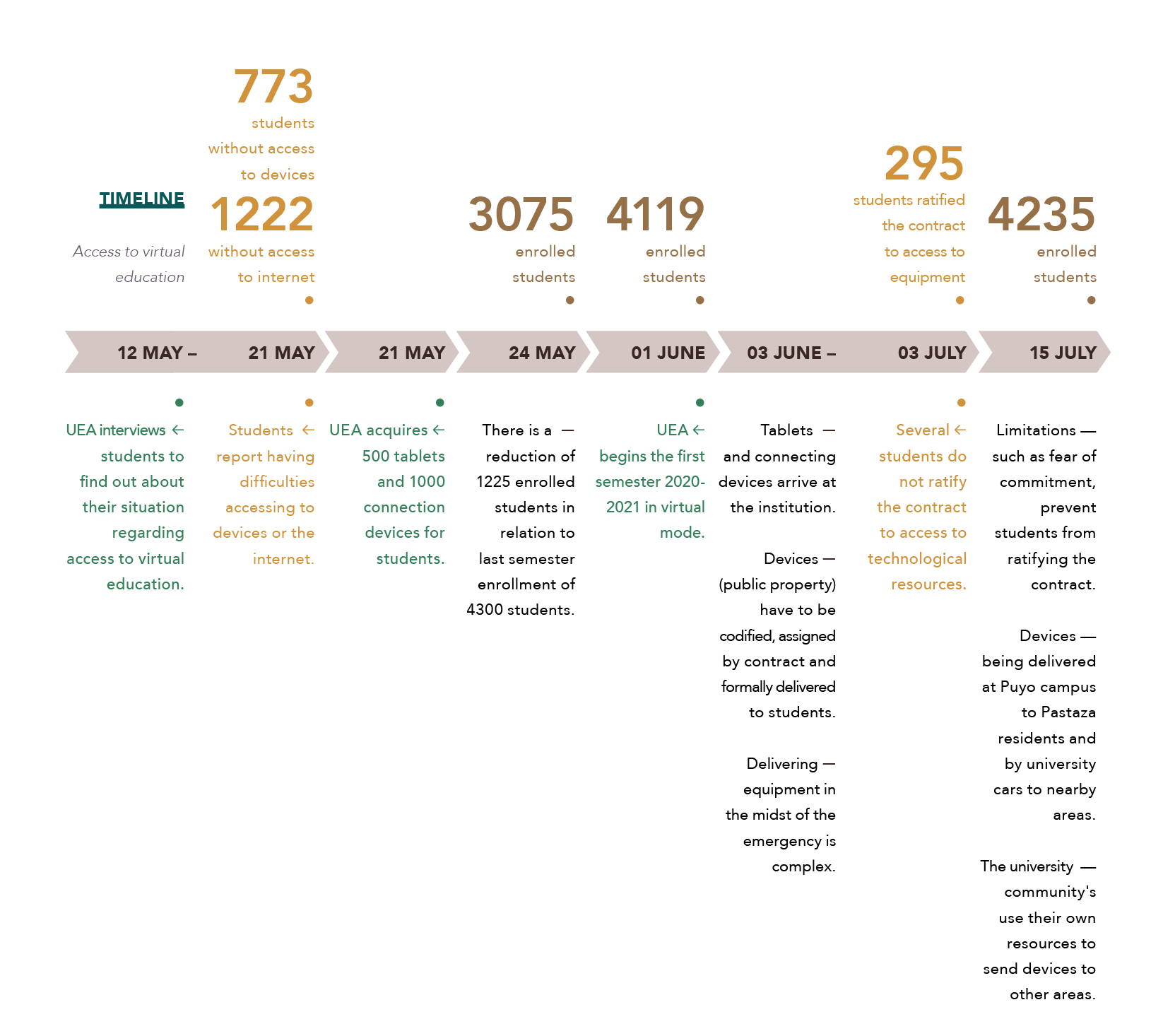 Fig1. Access to virtual education timeline
Fig1. Access to virtual education timeline
Migration to virtual education and UEA responses
Ecuador, one of the countries where the impact of coronavirus has been most devastating, responded with regressive measures that prioritized payment demands from private debt creditors and the IMF while decreasing public investment and promoting fiscal austerity measures.
In early May, the public Universities of Ecuador were confronted with the government’s announcement of a 10% budget cut in addition to reductions in wages. After protest strikes, deposition of unconstitutionality allegations, and support from human rights organizations said the cut was temporarily suspended. However, universities anticipated repercussions in teachers’ professional services contracts, cleaning, and infrastructure services.
Furthermore, following the global trend, the main response of the Ecuadorian government to guarantee education in the face of the emergency was to migrate the offer onto virtual platforms. This decision, for a country that is not culturally or technically homogeneous, meant a deepening of the educational challenges in highly vulnerable contexts.
In the Amazon region, where UEA is located, a multicultural, technologically hybrid, and unequal society prevents privileged educational practices, emerged in urban environments, and generally exclusive, from being directly applicable.
After the second semester of 2019-2020 was concluded normally in February, the initial intention to start the first semester of 2020-2021 in May met several challenges. Socio-economic records of enrollment warned that most of the students do not have computers or access to the internet. This information was confirmed by a study on the availability of internet access and technological equipment among UEA students (Survey 1), with the result that 773 students reported to not having access to computers, and 1,222 to lack an internet connection. Several students reported having other means to follow the instructions online (Fig2). The online survey was carried out by the university from 12 to 21 of May, and 3,257 students, out of a total number of 4,300 students, responded. This raised concerns about the condition of the students who were unable to respond: what happened to them?
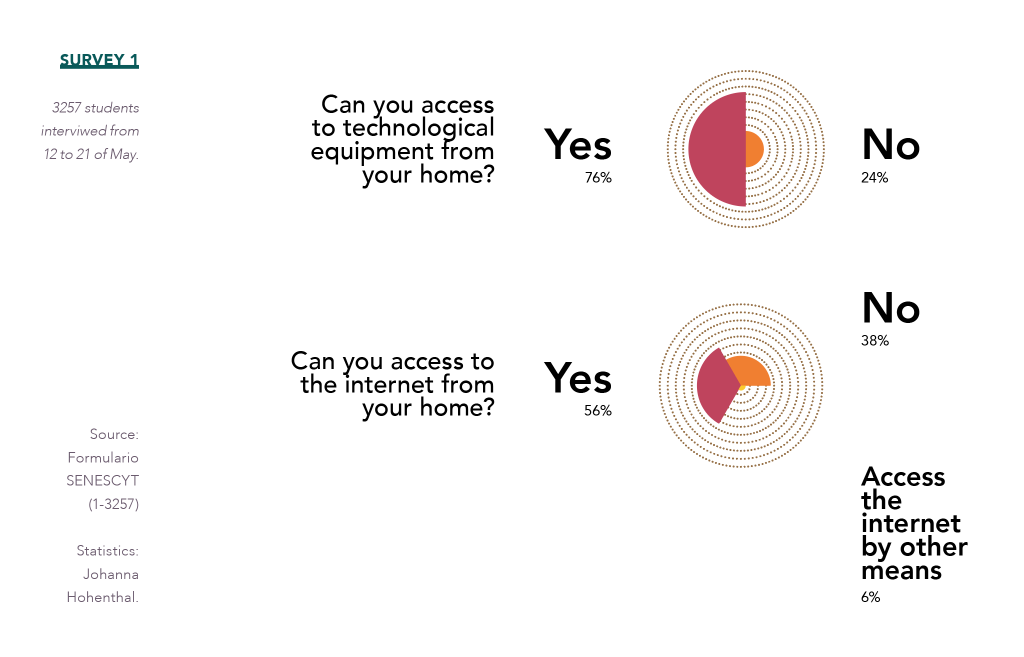 Fig2. Survey 1: Availability of internet access and technological equipment.
Fig2. Survey 1: Availability of internet access and technological equipment.
Access to virtual education
Based on the above information, the university was able to justify investment for new equipment, and on May 21 acquired 500 tablets and 1000 connection devices for students in need, together with other measures related to virtual education (Fig3). Telephone and institutional web-based assistance helped to solve problems in academic processes and to channel the acquisition of equipment and internet devices. Moreover, UEA organized training for teachers during April and May, although this was not enough to compensate for state universities’ historical lack of pedagogical preparation around virtual education (Fig4). Students had the option to train in Microsoft Teams, one of the platforms used institutionally, in addition to Moodle that was previously used as a repository. But those without a device, have missed the opportunity to access the training.
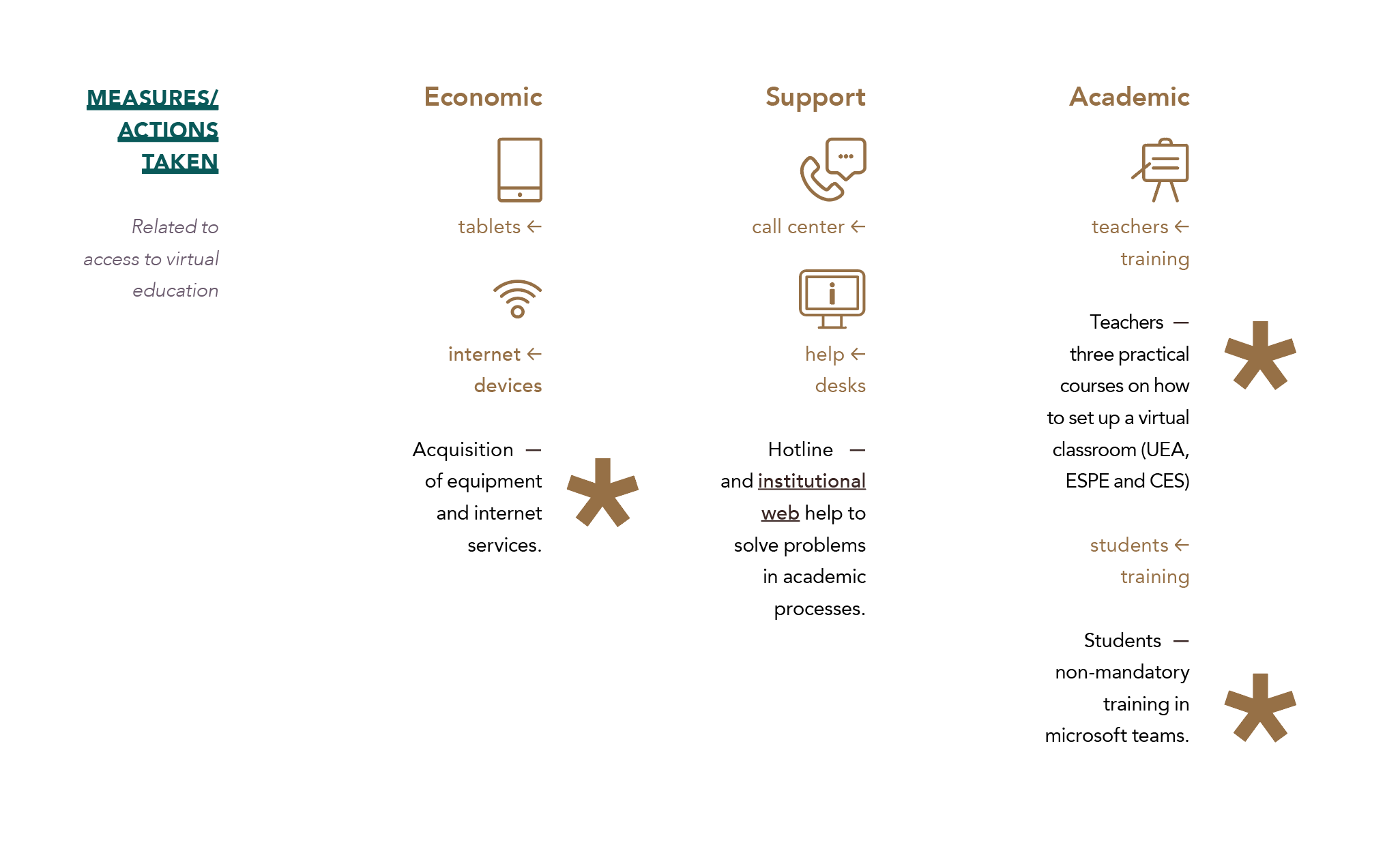
Fig3. Measures and actions taken related to virtual education access.
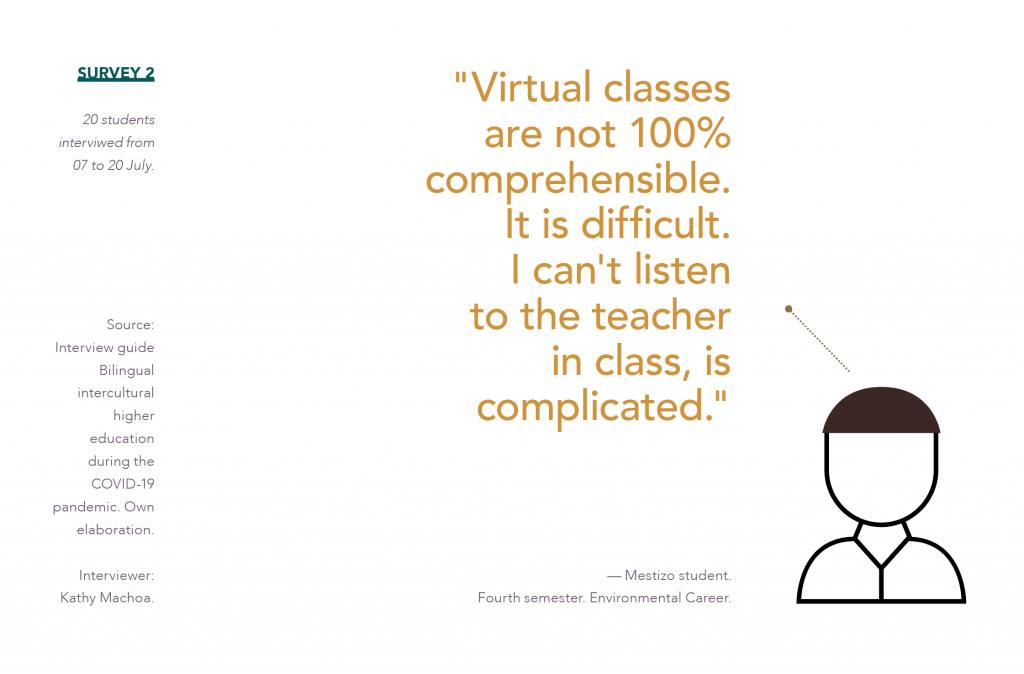 Fig4. Survey 2: Voice of a mestizo student.
Fig4. Survey 2: Voice of a mestizo student.
Finally, on June 1, UEA resumed its virtual classes with a total of 4119 students enrolled in its three campuses located in Puyo, Lago Agrio, and El Pangui (Fig5). They self-identified mainly as mestizos or indigenous from Kichwua, Achuar, Shuar, Salasaka, Saraguro, and other ethnic groups. The enrollment number is high considering the particular conditions that impact indigenous communities in the pandemic: while only 181 enrolled from the previous semester, the number has increased to 1,044 a week ago. This improvement indicates the entry into a stage of adaptation to the emergency, a new “stability”, and, more importantly, shows the significant effort that several students make to continue with their studies.
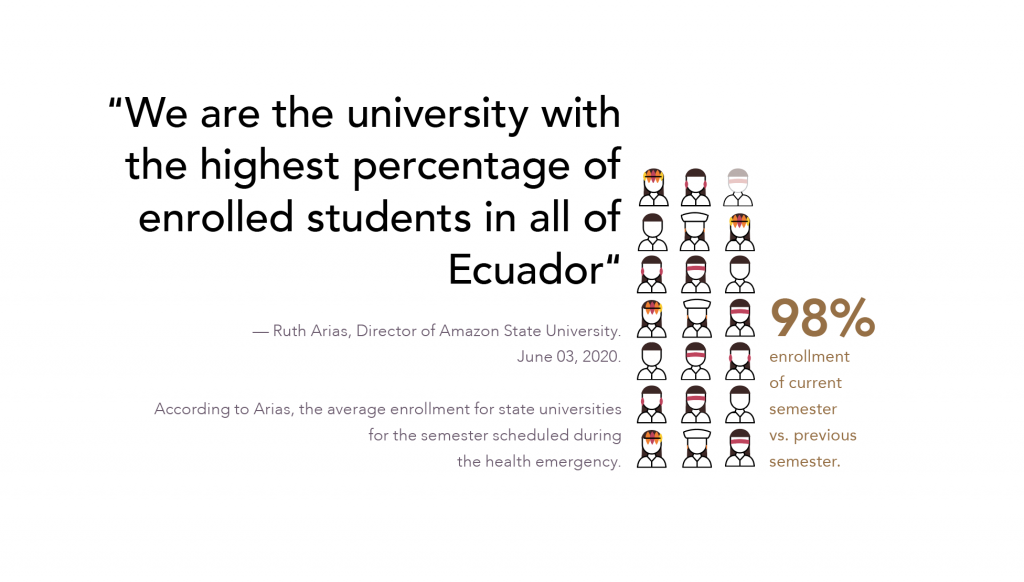 Fig5. UEA enrollment at the beginning of the first semester 2020-2021 (virtual education).
Fig5. UEA enrollment at the beginning of the first semester 2020-2021 (virtual education).
Student Well-Being
According to the data presented above, efforts made by Amazonian students to continue with their studies challenge their living condition marked by the experience of the pandemic and the severe losses in their communities. Raising their voices and respectfully representing their knowledge of the situation has become necessary. For this purpose, we developed a new survey (Survey 2) in collaboration with UEA’s Student Well-Being Unit, which allowed us to gain in-depth knowledge of 1) Student well-being and 2) The state of preparation and access to the new learning environment. The process involved 22 students and took place from July 7 to 20. In-depth interviews were carried out by Katy Machoa, a member of our research group and of the Kichwa community of Shamato. Katy’s sensitivity when conversing with students and perseverance in the face of connectivity challenges (remote interviewing with often-interrupted phone calls, a combination of WhatsApp messages, often without the possibility of using video calls) allowed us to connect even more with the student situations (Fig. 6).
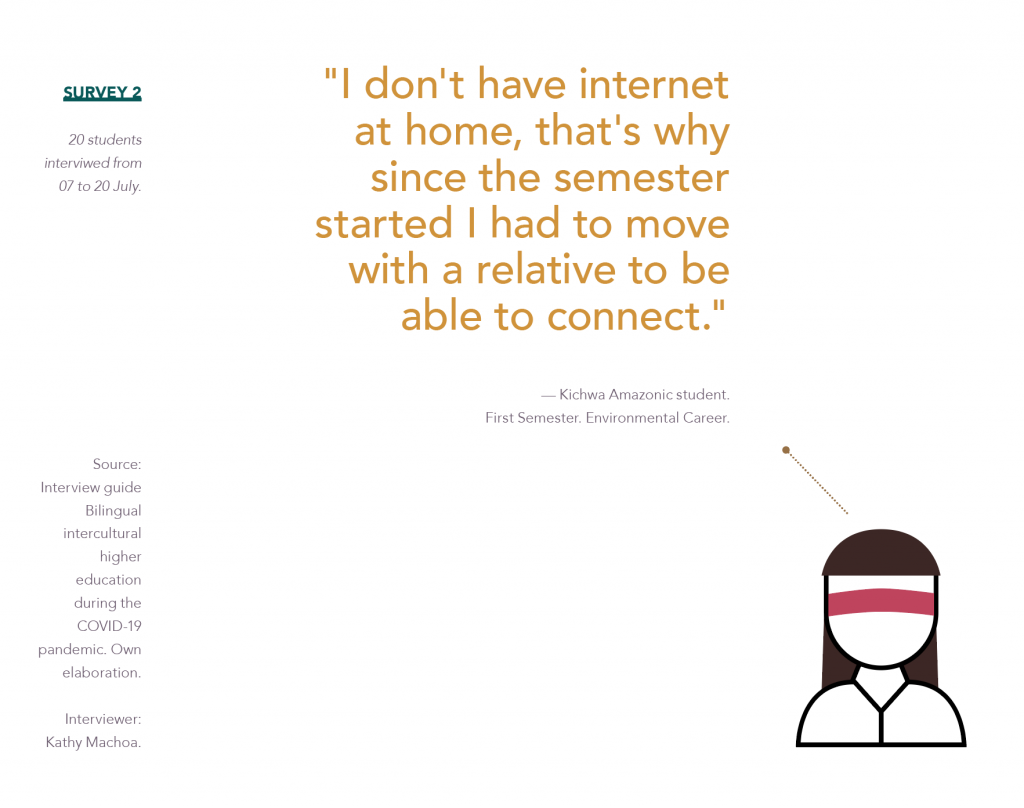
Fig6. Survey 2: Voice of a Kichwa Amazonic student.
From the university’s point of view, Sergio Jurado, Educational Psychologist, explains that “conventionally, students mostly live alone. Only a few of them are originally from Puyo [where the university main campus is located], approximately 300-500 of the 3,000 attending [at the campus], while the rest have moved to the area.” Such relocation involves economic sacrifices for moving-in and the irruption of a regular family and community support system. Once the period of social distancing started and added to the adverse socioeconomic conditions (the university record on the socio-economic situation of the student population by quintiles reports that the majority belongs to the lowest quintiles, C- (low middle): 45.38% and D (low): 19.00%), the situation evolved into problems of returning to their original locations, lack of communication, and mental health conditions. Students have experienced uncertainty and feeling of abandonment.
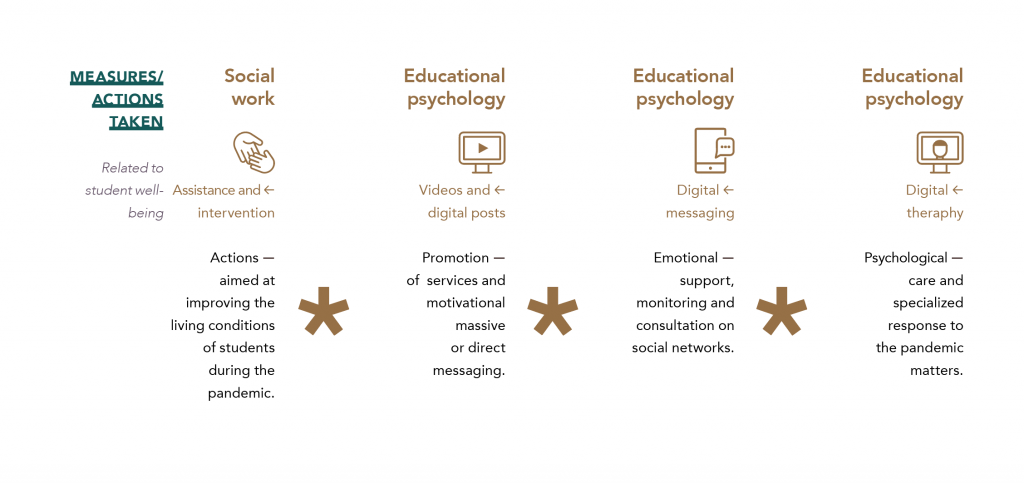
Fig7. Measures and actions taken related to student well-being.
In order to reach out to vulnerable students, institutionally measures, and actions related to student welfare are taken by UEA (Fig7). The Psychology Service makes use of digital posts and videos, massively distributed, or directed according to the students’ profiles. For consultations and emotional support, UEA has maintained open WhatsApp and Facebook channels, through which students feel free to communicate. Psychological support focuses especially on first and second-year students, as these are the students with the greatest problems, and because of the lack of resources and personnel to cover all of them. Meanwhile, social workers focus on assisting or intervening in problems related to the pandemic and the particular situation of the students. In Survey 2, students affirmed to know about these services and to trust that they are “good”. Although most of the respondents have not used them, the impact on the students who were supported by these, seems to have been decisive for their well-being, as figure 8 shows. (Fig8)
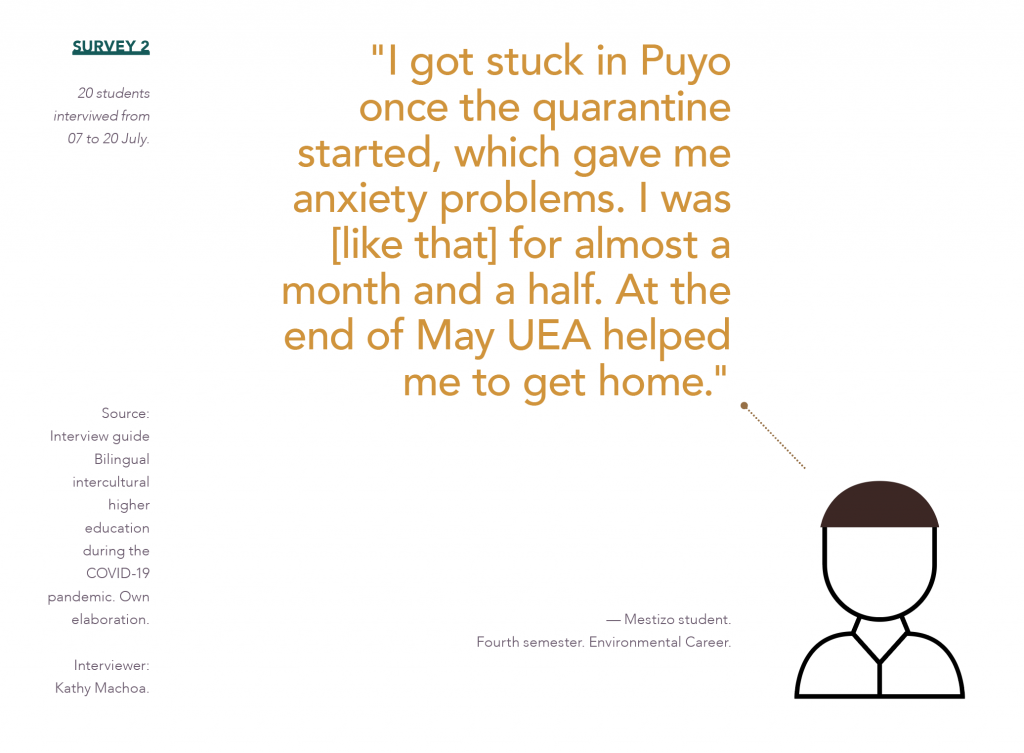 Fig8. Survey 2: Voice of a mestizo student.
Fig8. Survey 2: Voice of a mestizo student.
Meanwhile, students keep in touch with their classmates through social networks, messages, calls, and WhatsApp groups. Providing additional and closer attention on topics related to classes and emotional support: “to find out how [classmates] are, if something has happened to them in this pandemic” or to request “help in our entrepreneurship or [to know] if their families are well, things like that.”
Challenges related to equipment allocation and delivery
Tablets and connection devices arrived at the main campus on June 3. However, as public property, each device had to be codified and formally assigned by contract to every student, before to be delivered. This fact implied two challenges: first, in terms of allocation: a statement of lack of equipment from the student had to be crossed with data obtained in Survey 1 and with the student’s socio-economic record. After confirming the prerequisite, the student needed to sign a digital contract committing to return the equipment at the end of the semester. Second, in terms of delivery: due to restricted mobilization as part of the country’s health security measures and the elimination of Correos del Ecuador (the only public postal service), the delivery of equipment to students has become very difficult.
By July 3, one month after the arrival of the tablets and connecting devices, only 295 students had signed the contract to access to technological resources (Fig9). This low response has raised various questions: How can students know about the benefit if they have difficulty accessing the university’s virtual communication spaces? How can UEA help students in overcoming the fear of the legal commitment and the complexity of the bureaucratic processes? (Fig10)

Fig9. Ratification of contracts to access technological resources one month after classes started.
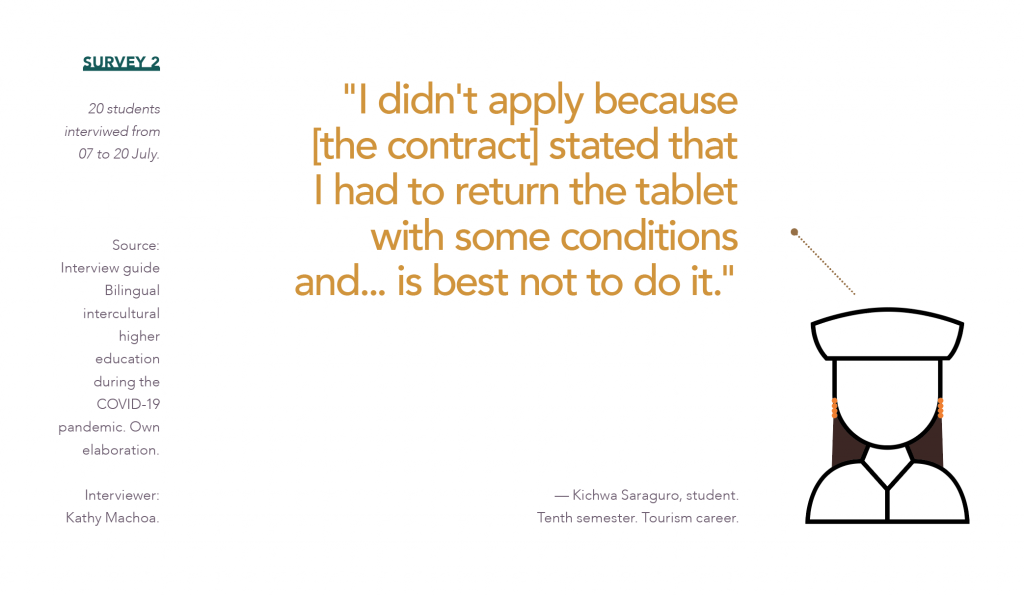
Fig10. Survey 2: Voice of a Kichwa Saraguro student.
Resistance to the continuous exclusion
As of July 15, a month and a half after classes started, devices had been delivered at the campus of Puyo to the residents of the Pastaza province, and by university cars with a special permit to circulate to nearby areas such as Napo, Orellana, and Morona. The disappearance of Correos del Ecuador obliged to refer to private postal companies for the delivery; this was done by special contracts through the intermediation of Governmental Contracting Services, which implied long processing times against the urgent needs. Meanwhile, pressure and commitment towards the students pushed the university community to use their own resources to make it possible to send devices to other provinces outside Pastaza. Unfortunately, given the lack of state responses, it has been a common practice to use any possible private means to solve a large variety of problems; we observed the same response in schools of the province.
The situation as of July 20 shows the equivalence of virtual teaching periods with the calendar of regular classes of the previous semesters. However, while in the past the required attendance had to be at least 80% of the lectures, this time 50% of attendance is sufficient. Carlos Manosalvas, Dean of Life Sciences of UEA, estimates that 90% of students are currently attending, a number that will have to be confirmed by the teachers’ attendance record.
This high attendance rate already emerges in Survey 2, as students report to have attended so far all or almost all of the virtual classes scheduled, despite the difficulties of the transition from the class environments. However, the situation is far from being positive. Sadly, in the midst of the sudden and forced adoption of technology-delivered instruction, students are going through devastating experiences such as food insecurity, distances that become exclusive, unemployment, and job displacement affecting their families, with relatives infected with COVID-19 or deaths caused by the disease (Fig11).
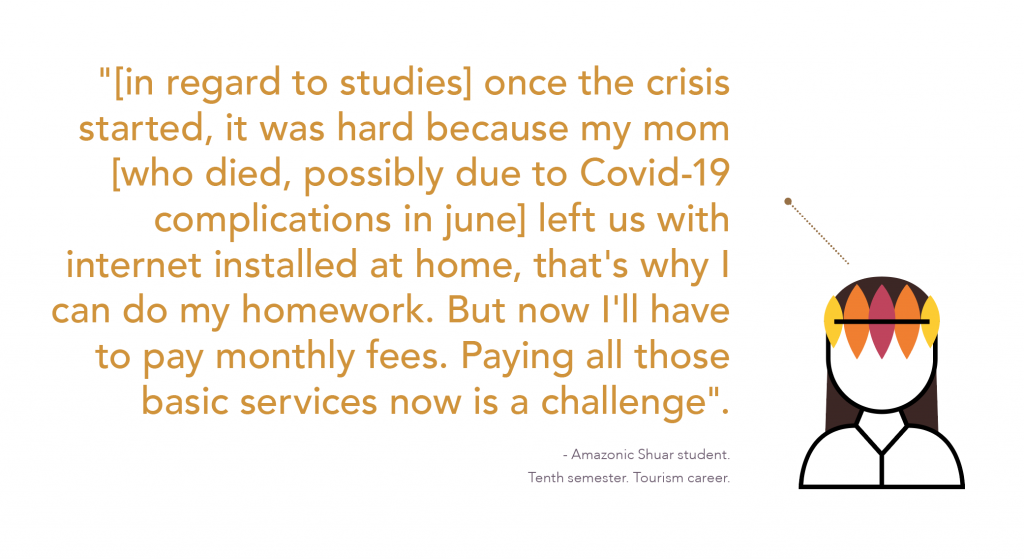
Fig11. Survey 2: Voice of a Shuar Amazonic student.
Opportunities
In the face of structural marginality and infrastructural weaknesses, students and the university community have auto-generated communication structures and organizational processes in order to manage the pandemic. While these provide great help to address certain practical issues in the provision of courses under the emergency, they cannot help with in-depth learning and valuing intercultural education, within a situation that sees all sorts of burdens lived by the communities.
Reflecting on the data obtained and the above information, we identified three types of design interventions that can support the responses of the university community to the emergency (Fig12). These proposals will underpin further reports, future actions, and research that will provide localized information, and design materials to support this project.
The first two actions address Access to Education as follows:
1) Interventions to reflect on virtual classes, responding to specific requirements of the Amazonian students expressed in the Survey, and reinforcing pedagogical objectives: e.g. To develop material for teachers to assist in the creation of quality virtual classes.
2) Interventions to contextualize international and national recommendations for virtual education during the pandemic with future projections: e.g. To design The Study Guide for the Amazonian Student with the students or to develop informative graphic material that resolves difficulties and anxiety caused by the request to sign the contracts.
The last action is related to Student Well-Being, so greatly affected by this unprecedented crisis and yet, despite having a strong impact on students’ learning and mental health, normally overlooked when talking about Access to Education. This one implies:
3) Interventions that reinforce organic and independent networks of friendship and support among students: e.g. To produce digital material with students, which amplifies the positive effect of their networks and promotes the psychosocial support initiatives of the UEA.
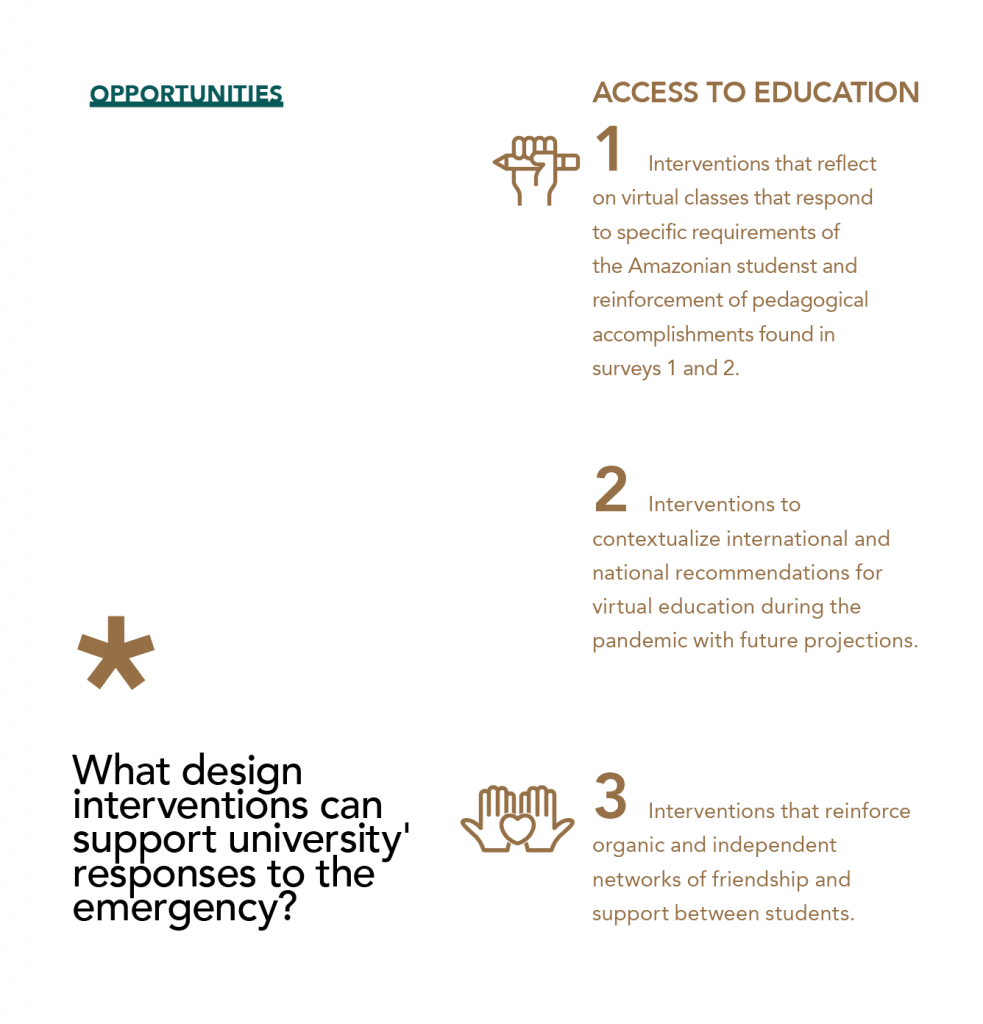
Fig12. Opportunities for design interventions that can support the university responses to the emergency.
At the end of Graphic Report # 001, the first of this project, it is clear that, in the current emergency, the pre-existing conditions of inequality and socioeconomic disadvantage have strongly affected the access to higher education for Amazonian students. At the same time, at the end of Survey 2, it was interesting and encouraging to receive positive responses from students about their interest to participate in design interventions. The willingness of many students and the efforts and openness of the university community, reiterate a call for critical, creative and purposeful tools (from all fronts and disciplines) to face oppressive and asymmetric relationships in the construction of truly inclusive education.
In future entries, I will continue to report on the effects of the pandemic on the access to education and the condition of Amazonian students, and the development of these actions.
———————————————————————————-
Download the entire report in pdf format here:
This Graphic Report is part of the “Eco-cultural Pluralism in Ecuadorian Amazonia Project” (UEA and UH). Academy project n. 318665.
RESEARCH, COMPILATION AND DESIGN: Nathaly Pinto.
LOCAL RESEARCHER: Kathy Machoa.
TEXT EDITING: Paola Minoia
ACKNOWLEDGMENTS
The author would like to thank the Student Well-Being Unit (UEA) for its collaboration and timely comments and to the UEA Community in general for the provision of information and their invaluable participation in the process. And to the Eco-cultural pluralism in the Ecuadorian Amazonia research group, who provide the creative autonomy, academic support, and resources that facilitate this design project.
TO CITE THIS MATERIAL:
Pinto Nathaly (2020) GRAPHIC REPORT #001 – ACCESS TO HIGHER EDUCATION IN THE ECUADORIAN AMAZON DURING THE PANDEMIC – ECPQEdEA (Eco-cultural Pluralism in Quality Education in Ecuadorian Amazonia), UEA & UH.
